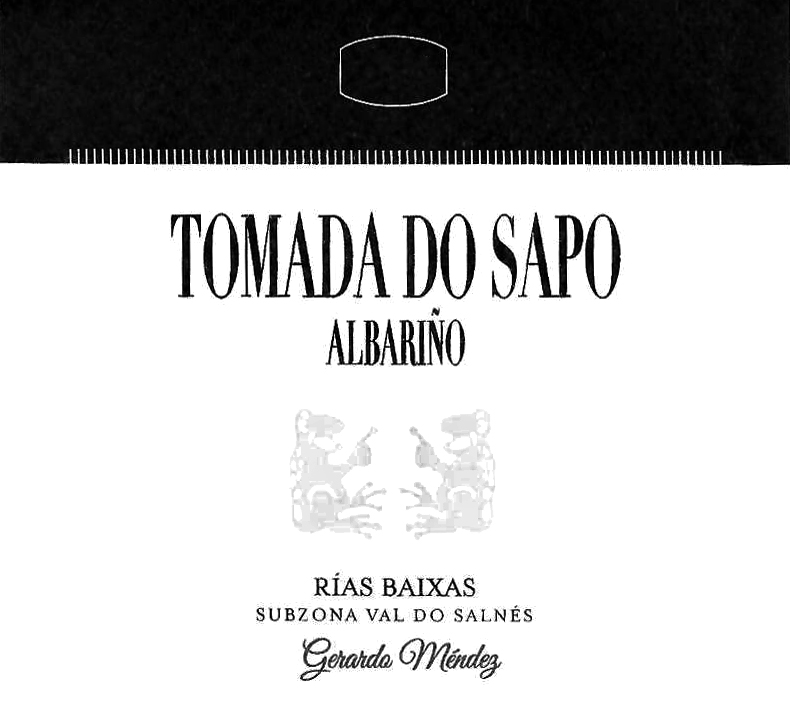Do Ferreiro Albariño ‘Tomada do Sapo’ 2023
Do Ferreiro Albariño ‘Tomada do Sapo’ 2023
Highly regarded for crafting world-class white wines from albariño with incredible transparency, flavor, and depth, Do Ferreiro has become a reference point for the variety. They farm over 175 tiny plots of albariño by hand, all located in the heart of the Salnés subzone of Rías Baixas. The valley’s proximity to the ocean, ideal climate due to the natural protection by mountain ranges, and decomposed granitic soil have gained the reputation for being the ideal region in Rías Baixas for producing profound, terruño-driven albariño wines capable of improving in bottle. Do Ferreiro does not blend other grape varieties into their albariño wines, as is common in Rías Baixas. Farming is practicing organic, and fermentations are exclusively carried out by native yeasts.
With their limited single-vineyard series, Do Ferreiro winemaker Manuel Méndez continues the exploration of Salnés Valley’s potential by isolating exceptional vineyards and exploring how different soils, elevations, and exposures translate into world-class white wine. Do Ferreiro’s single vineyards demonstrate that the terruño of Rías Baixas is multidimensional and complex, yielding singular wines capable of improving in bottle for a decade or more. These singular expressions are available once a year in very limited quantities.
Tomada do Sapo is the name of the unique clos vineyard (enclosed by stone walls) in the Salnés subzone that produces this exceptional limited cuvée. Albariño vines are planted near a forest, facing the Ría de Pontevedra in the village of Meaño, on hard, decomposed granite soils with a calcareous clay base. Tomada do Sapo is located at the highest elevation of the region (250m) above the Méndez family winery, in a slightly cooler climate than lower-lying regions. It is a place heavily influenced by the nearby Ría de Pontevedra, affected by the winds from the sea that bring in fog and therefore the risk of rot. Historically, the vines were pergola-trained in this vineyard, which often generated botrytis; as a result, they were only able to pick grapes one out of every three years. In 2013, Tomada do Sapo was completely replanted with a massale selection from the Do Ferreiro Cepas Vellas vineyard, with trellised vines at a very high density employing guyot pruning, encouraging aeration for this specific plot. Gerardo Méndez was the first grower in the region to plant at this high of an altitude.
Tomada do Sapo is harmonious, mineral, and precise, with pronounced salinity and a broad but fresh palate. It is the last vineyard to be harvested each year because of the high altitude, and it has complete ripeness and good acidity, which makes it capable of improving in bottle for ten years or more.
Vinification – Bunches are hand-selected in the vineyard, handpicked, and placed in small crates. Grapes are destemmed, cold-macerated for a few hours, and pressed. A natural yeast fermentation begins using a pied de cuve from the winery’s historic Cepas Vellas vineyard, followed by aging on the lees for nine months without bâtonnage in stainless steel tanks. No malolactic fermentation, unfiltered, light bentonite fining.


